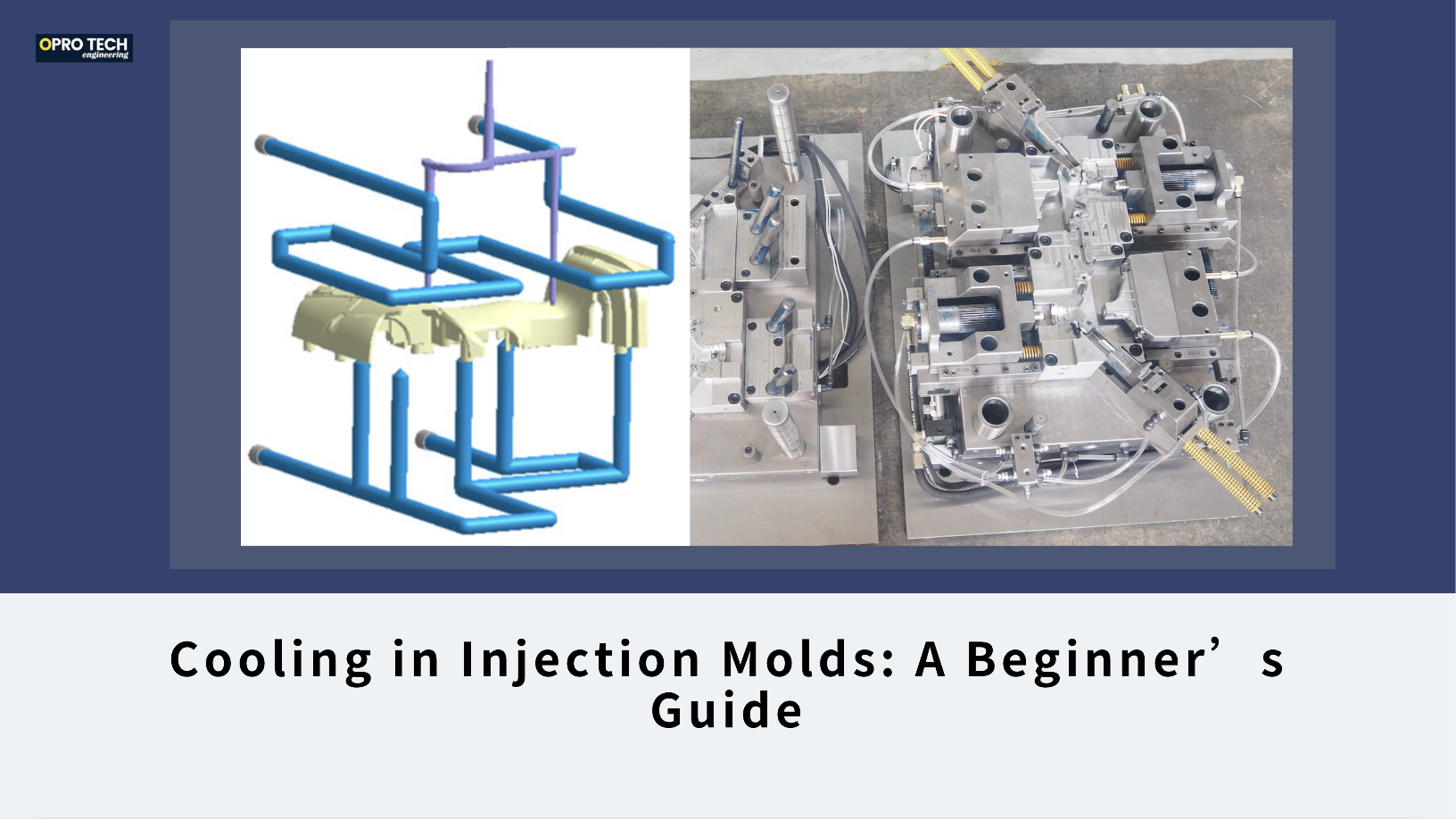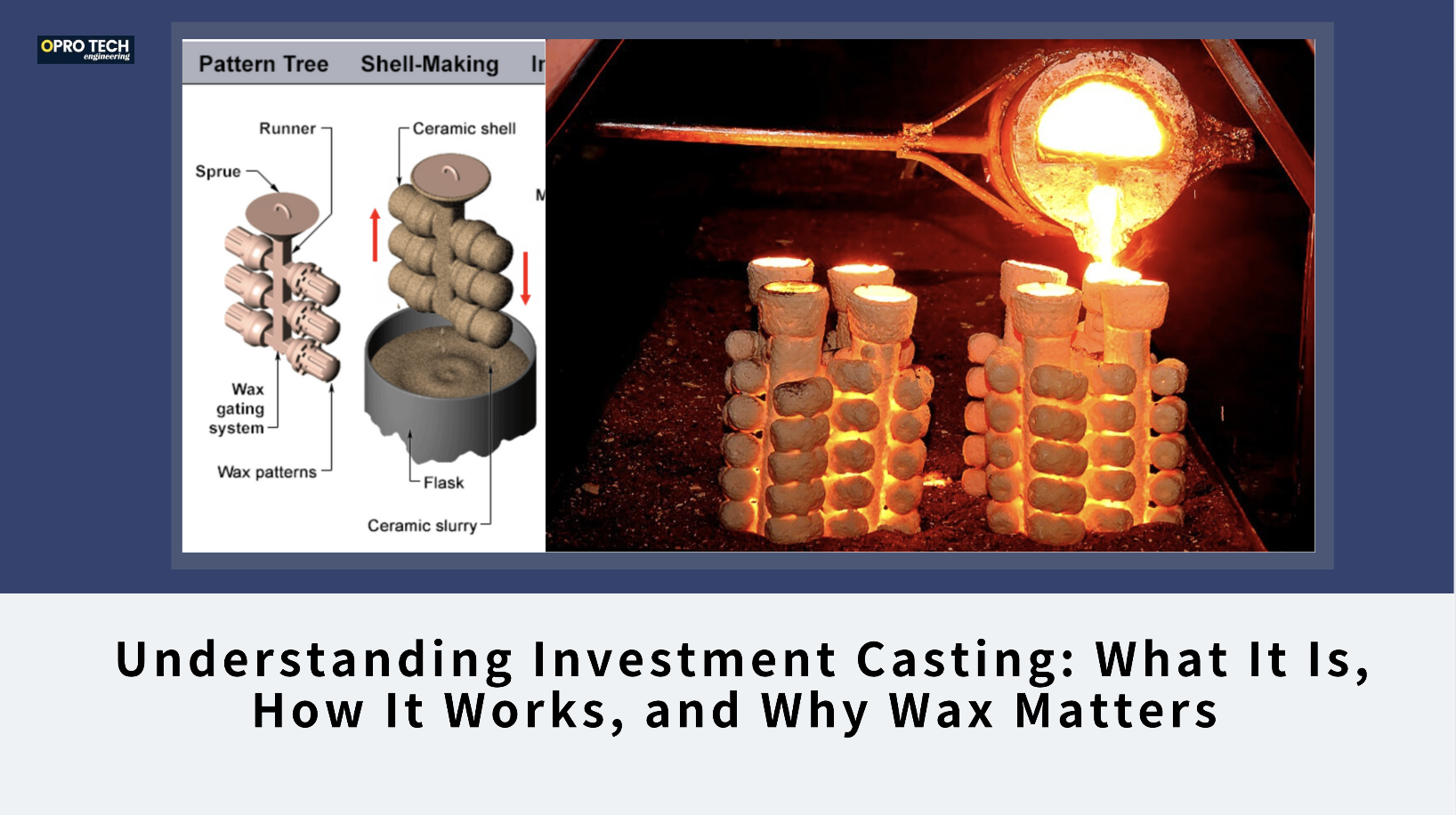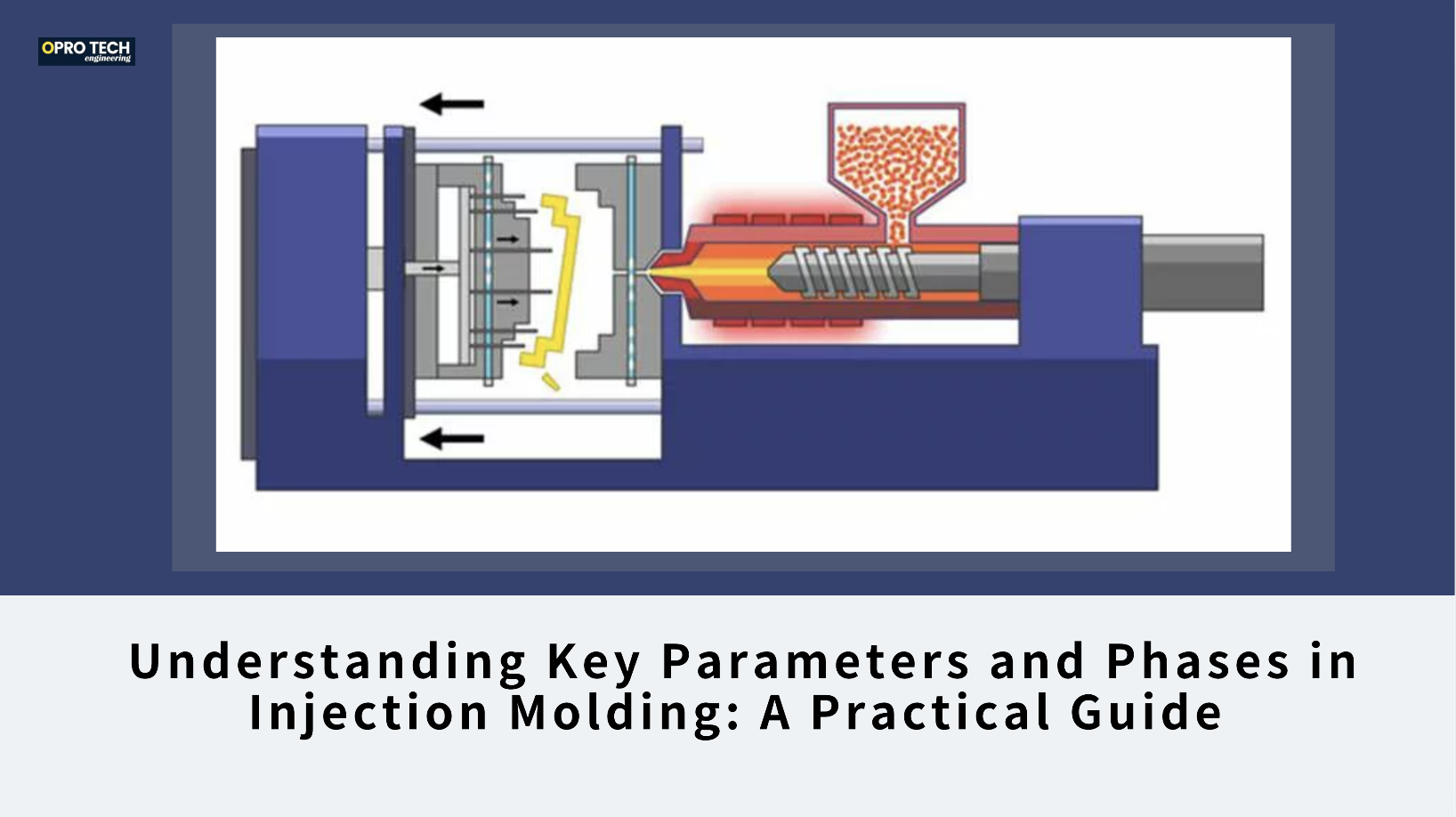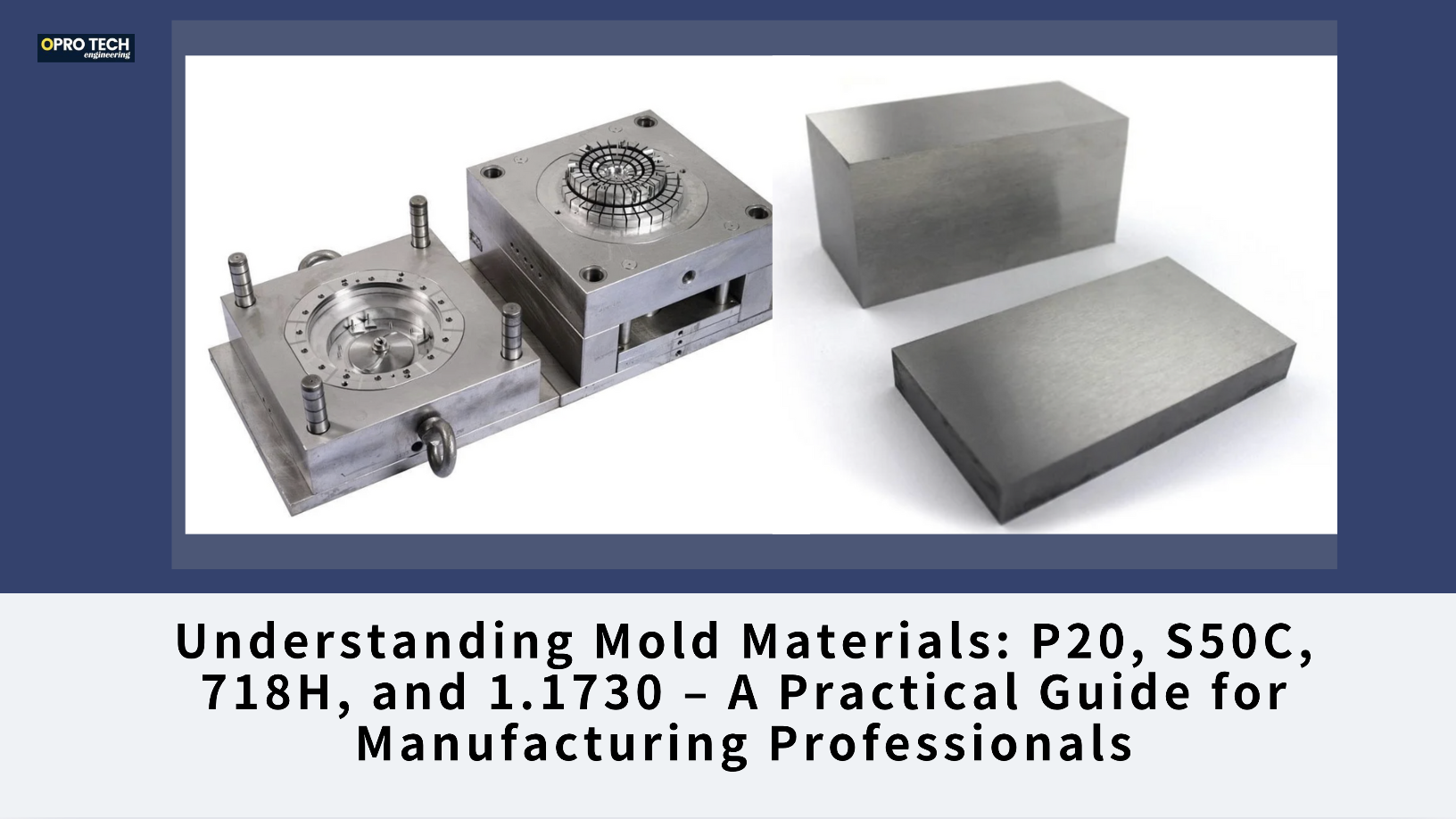Compression, Extrusion, or Injection? Choosing the Right Process for Rubber and TPU Parts
When you happened to see the word “EPDM,” and do you got curious? — What exactly is this material? At Opro tech, we often deal with plastic injection molding parts, so at first, you might think as EP...











![[Case Study] Shipping Plastic Parts with Embedded Magnets: The Unexpected Challenge We Faced with Magnetism Test Requirements](/uploads/opro-engineering/20250603/3891dded-67f0-41da-b59e-e6c1979829fe.png)